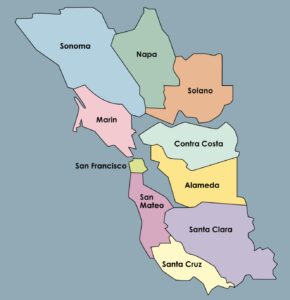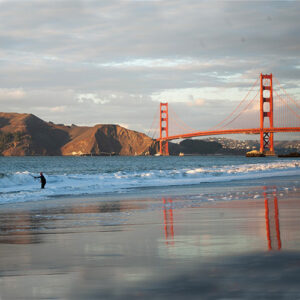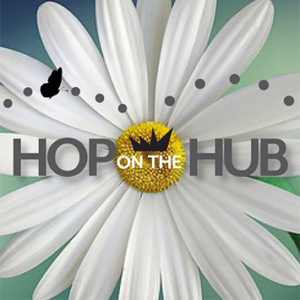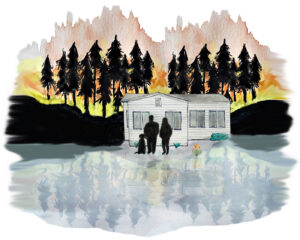Butterflies in Residence Hedge Against Climate Change?
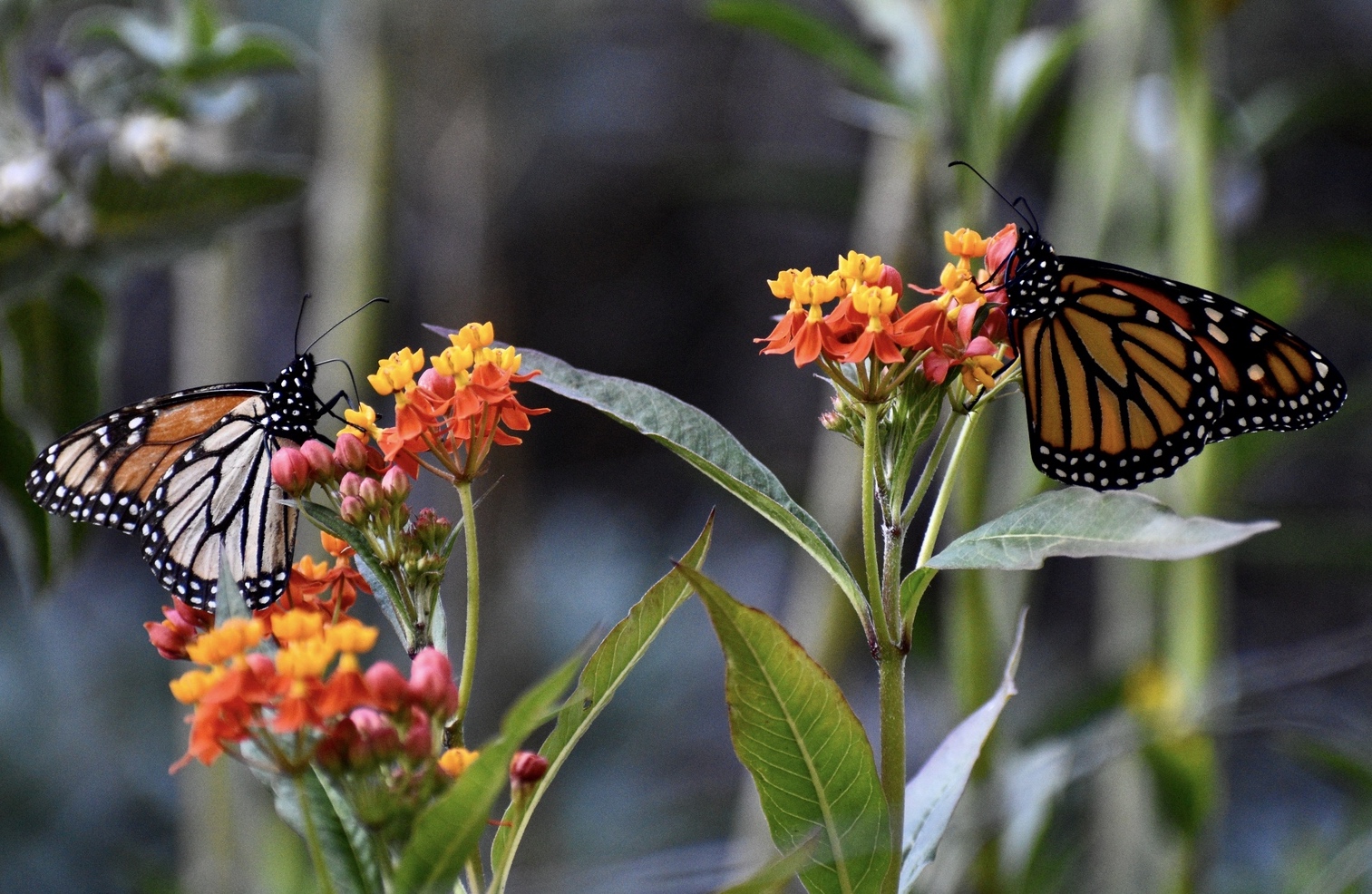
While monarch butterfly numbers at traditional winter roosts on the California coast hit an all-time low of about 2000 last winter, citizen-science observers have noticed that some remain in the San Francisco Bay Area year-round. Biologists Elizabeth Crone (Tufts University) and Cheryl Schulz (Washington State University) estimate a resident population of 12,000 in northern and central California, extrapolating from a Berkeley survey. Resident monarchs may provide a hedge against extirpation, but pathogens may spread from residents to migrants. The shift could reflect warmer and drier conditions or increased fall and winter availability of tropical milkweed and other food sources. It’s not unprecedented: monarchs have dispersed to Western Europe and North Africa, the Caribbean, and the South Pacific, and most of those populations don’t migrate.
Climate effects on either the decline of the migrants or the recent behavioral change are hard to verify. “We can’t tell just from the data we have now whether it’s land use or climate change that’s driving the decline,” Crone explains. “There’s a stronger correlation with the development of land along the coast and the use of pesticides.” California’s recent wildfires have been proposed as a factor; while data is lacking, she thinks that’s worth investigating. The US Fish & Wildlife Service hasn’t reversed the Trump administration’s refusal to list the monarch as endangered, and a court decision last year excluded insects from protection under the California Endangered Species Act. Meanwhile, gardeners can help by planting monarch chow. “Adult monarchs need more than milkweed,” Crone notes. “They need a lot of different nectar plants to enable them to fly farther, live longer, and lay more eggs.” While recommending native milkweed if available, Crone says the jury is out on tropical milkweed: “We don’t know if it’s good or bad. I wouldn’t encourage people to pull it up, but many other conservationists would.”
Other Recent Posts
Martinez Residents Want More Than Apologies — They Want Protection
After a 2022 release of toxic dust and a February 2025 fire, people in the northeast Bay town are tired of waiting for safety improvements.
Weaving Fire Protection Out Of What’s Already There
A new Greenbelt Alliance report shows how existing vineyards, grasslands, and managed forests can slow wildfire and save vulnerable homes.
Fall Plantings Build Pollinator Habitats in Concord
Community groups, climate advocates and a church are coming together to plant pollinator gardens as monarchs, bees see population declines.
Newark Needs Housing, But Could Shoreline Serve A Higher Purpose?
The Bay Area needs more affordable housing, but would 196-homes or a buffer against sea level serve local needs better in the years ahead?
Learning the Art of Burning to Prevent Wildfire
In Santa Rosa’s Pepperwood Preserve, volunteers are learning how controlled fires can clear out natural wildfire fuel before it can spark.
Who Will Inherit the Estuary? Training for a Rough Future
The six-month program teaches students aged 17 -24 about the challenges facing communities around the SF Estuary, from Stockton to East Palo Alto.
Split Verdict Over State of the Estuary
Habitat restoration and pollution regulations are holding the Bay steady, but the Delta is losing some of its ecological diversity, says SF Estuary Partnership scorecard.
Volunteers Catch and Release Tiny Owls For Science
In Santa Rosa, citizen scientists capture northern saw-whet owls to help further research on climate impacts to the bird.

